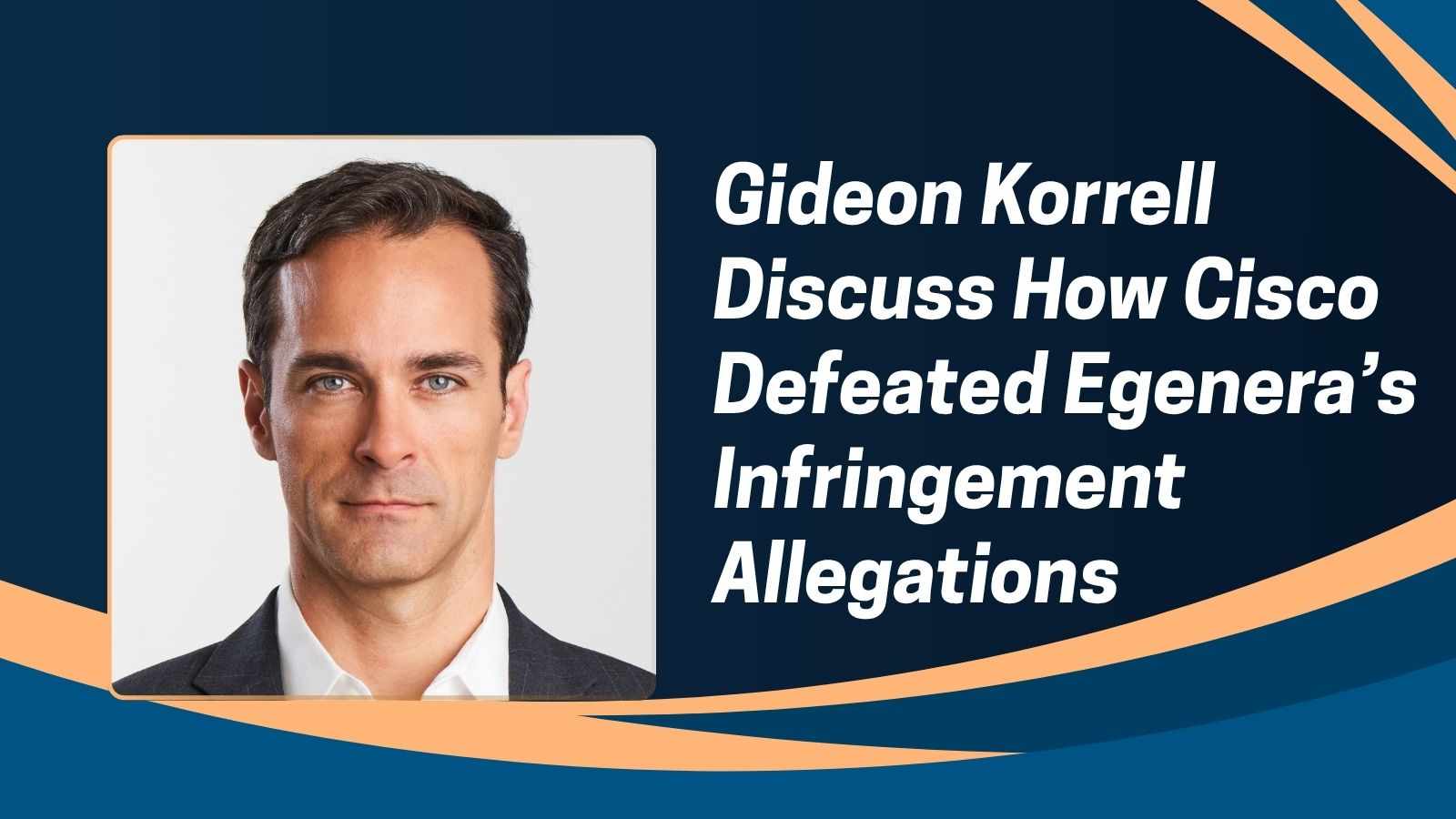
The clean energy movement is not just about technology—it’s also about the law. As more countries and companies invest in wind, solar, and other renewable energy sources, legal expert Gideon Korrell is helping people understand the legal challenges and protections that come with innovation in this space.
Here’s how law and clean energy are connected, and why it matters.
1). Protecting Clean Energy Ideas: Patents and Trade Secrets
Patents Help Innovators
When someone invents a new type of solar panel or battery, they can file a patent. This gives them the legal right to stop others from copying their idea for a certain number of years. Patents encourage people and companies to keep inventing because they know their hard work will be protected. For example, big names like Tesla use patents to protect their electric vehicle technology.
Trade Secrets Keep Business Strategies Safe
Sometimes, companies don’t file patents but keep their ideas private instead. These “trade secrets” could be a special formula, process, or computer code. To keep them safe, companies use contracts like non-disclosure agreements (NDAs). This legal protection helps them stay ahead in the market.
2). Sharing Technology Through Licensing
Licensing Allows Wider Use
Instead of keeping technology to themselves, companies can license it. This means they give permission for others to use their clean energy invention in exchange for payment (called royalties). Licensing helps spread new technologies more quickly while still rewarding the inventor.
Global Cooperation
Clean energy is a global issue, so countries often work together. International legal agreements help protect inventions across borders and allow shared research. Legal experts like Gideon Korrell help set up these agreements so everyone involved knows their rights and responsibilities.
3). Legal Challenges in Clean Energy Projects
Following the Rules
Clean energy projects must follow many laws—about the environment, safety, land use, and more. A wind farm, for example, must get permits and make sure it won’t harm local wildlife. Lawyers help companies meet these rules to avoid fines and delays.
Solving Disputes
Sometimes, problems come up—like disagreements between partners or delays in building a solar plant. When this happens, companies may go to court or use international arbitration, which is like a private legal process to solve disputes fairly and faster.
4). Clean Energy and Fair Access
Who Gets to Use the Technology?
There’s an ongoing debate about how clean energy technologies should be shared. Some believe they should be treated like public goods, not just business products. This would make it easier for developing countries to get access to clean energy tools. Others say companies still need strong legal protections to keep innovating. Lawyers like Korrell are helping find a balance between fairness and protecting inventors.
Final Thoughts
Clean energy innovation depends not just on science, but also on strong legal systems. From protecting ideas to managing global partnerships, legal experts like Gideon Korrell are playing a key role in building a greener future. As the clean energy industry grows, understanding the legal side of things will be just as important as building the next great solar panel or wind turbine.










Write a comment ...